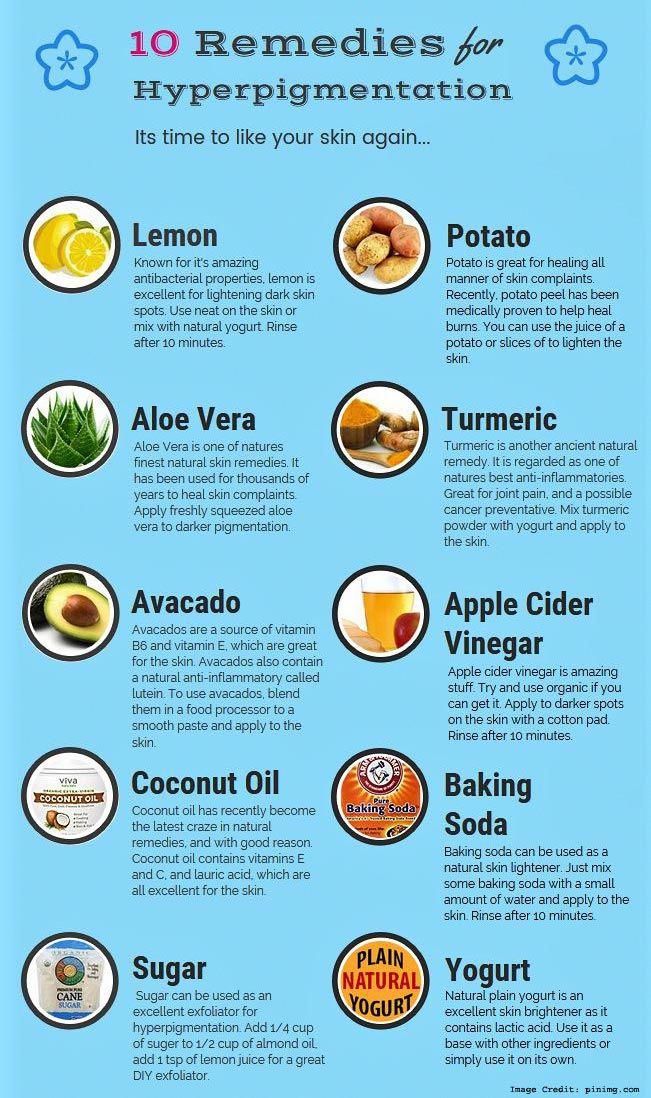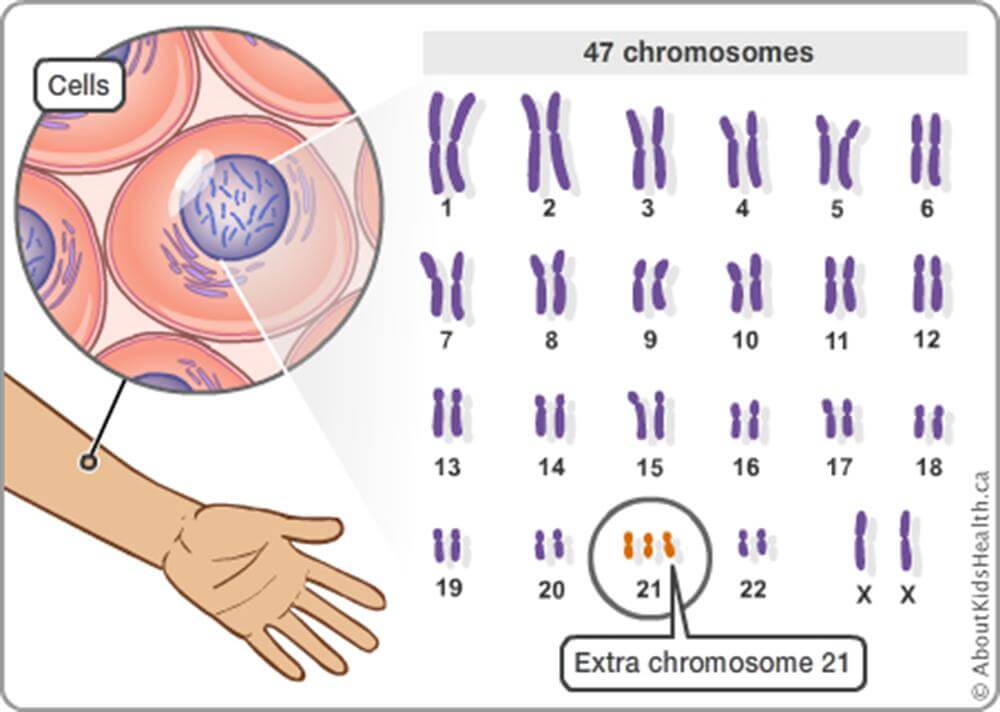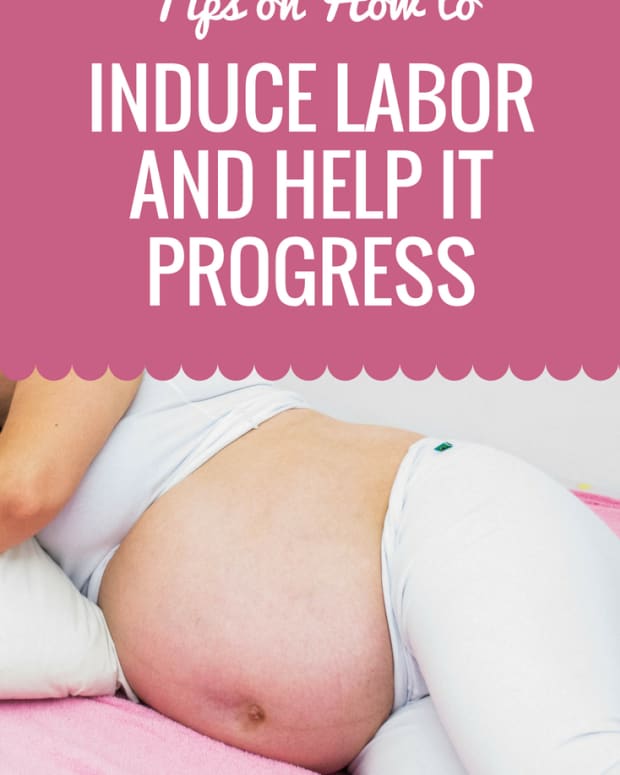Skin gets darker during pregnancy
Changes to your skin during pregnancy
beginning of content3-minute read
Listen
As your pregnancy develops, you may find that you experience changes to your skin and hair. Some women can develop dark patches on their face and hormonal changes can make your skin a little darker.
You may also develop stretch marks on your body, particularly around your stomach where your skin is stretching to accommodate your growing baby.
Chloasma - dark patches on the face
Some pregnant women develop dark irregular patches on their face most commonly on the upper cheek, nose, lips, and forehead. This is called 'chloasma'. It is also sometimes known as 'melasma' or the 'mask of pregnancy'.
Chloasma is thought to be due to stimulation of pigment-producing cells by female sex hormones so that they produce more melanin pigments (dark coloured pigments) when the skin is exposed to sun. Some women develop these patches when they take oral contraceptives (the pill).
Women with a light brown skin type who are living in regions with intense sun exposure are more likely to develop these patches. The patches usually fade over a period of several months after giving birth, though they may last for several years for some women.
Careful protection of the skin using broad spectrum sunscreens every day during pregnancy and while taking the pill may make it less likely that chloasma will develop. It is necessary to continue to use sunscreen after pregnancy as sun exposure may cause the patches to reappear. Some creams that need to be prescribed by doctors may help to fade the patches.
Skin and hair changes
Hormonal changes taking place in pregnancy will make your nipples and the area around them go darker. Your skin colour may also darken a little, either in patches or all over. Birthmarks, moles and freckles may also darken. Some women develop a dark line down the middle of their stomach, called 'linea nigra'. These changes will gradually fade after the baby is born, although your nipples may remain a little darker.
These changes will gradually fade after the baby is born, although your nipples may remain a little darker.
If you sunbathe while you are pregnant, you may burn more easily. Protect your skin with a good high-factor sunscreen and don't stay in the sun for a long time.
Hair growth can also increase in pregnancy, and your hair may be greasier. After the baby is born, it may seem as if you are losing a lot of hair but you are simply losing the extra hair.
Stretch marks
Many women develop stretch marks during their pregnancy, usually in the last 3 months.
They usually appear on your stomach or sometimes on your upper thighs or breasts. Stretch marks are not harmful and over time, your skin will shrink and the stretch marks will fade into white-coloured scars.
Find out more on stretch marks.
Sources:
Royal Women's Hospital Victoria (Common concerns in early pregnancy - itching and skin), The Australasian College of Dermatologists (Striae), The Australasian College of Dermatologists (Melasma)Learn more here about the development and quality assurance of healthdirect content.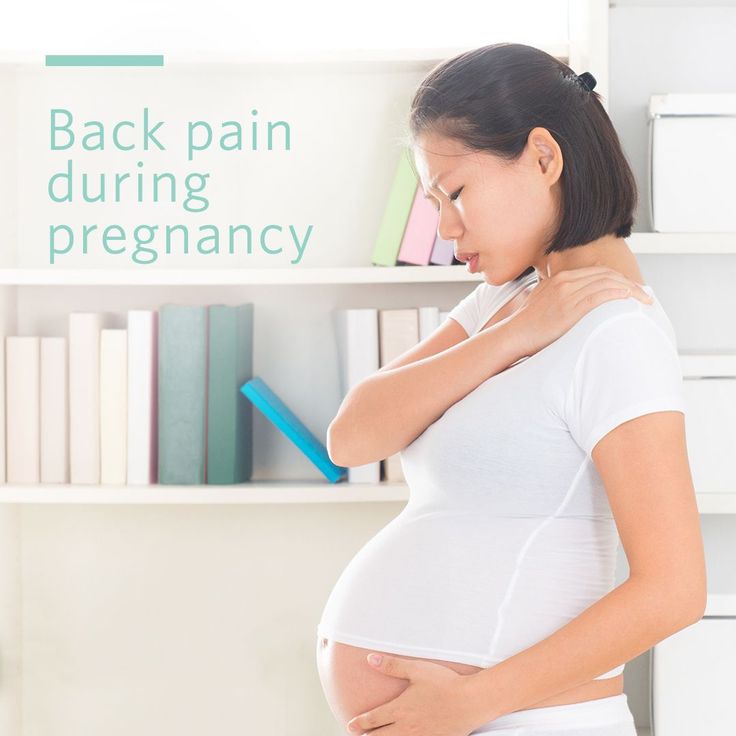
Last reviewed: January 2020
Back To Top
Related pages
- Common discomforts during pregnancy
- Stretch marks
This information is for your general information and use only and is not intended to be used as medical advice and should not be used to diagnose, treat, cure or prevent any medical condition, nor should it be used for therapeutic purposes.
The information is not a substitute for independent professional advice and should not be used as an alternative to professional health care. If you have a particular medical problem, please consult a healthcare professional.
Except as permitted under the Copyright Act 1968, this publication or any part of it may not be reproduced, altered, adapted, stored and/or distributed in any form or by any means without the prior written permission of Healthdirect Australia.
Support this browser is being discontinued for Pregnancy, Birth and Baby
Support for this browser is being discontinued for this site
- Internet Explorer 11 and lower
We currently support Microsoft Edge, Chrome, Firefox and Safari. For more information, please visit the links below:
- Chrome by Google
- Firefox by Mozilla
- Microsoft Edge
- Safari by Apple
You are welcome to continue browsing this site with this browser. Some features, tools or interaction may not work correctly.
Dermatologist Chandler AZ 85224, Mohs Surgery 85225, 85226
Most of the skin changes seen in pregnancy are due to the effects of hormones on various body structures. The effects on the skin may be considered normal and not disease-related. However, these same effects may be viewed as pathologic to the woman who has new skin changes.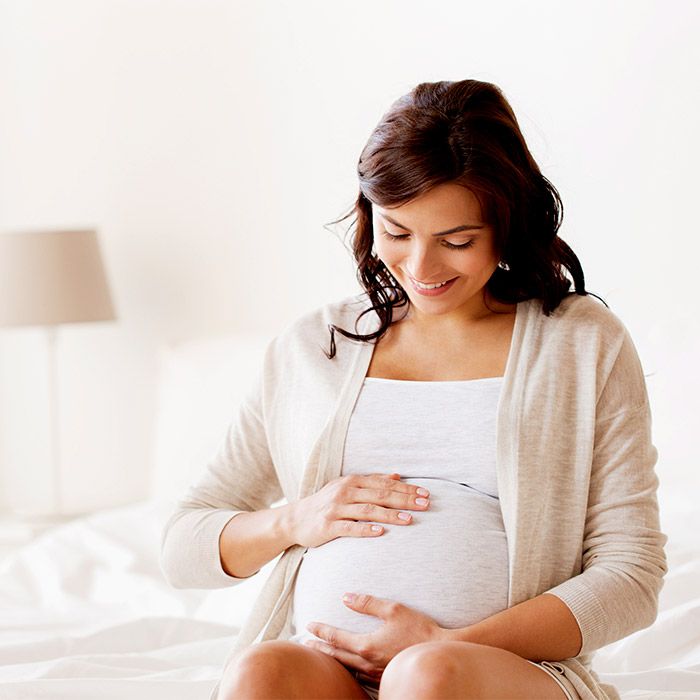 Some of these changes are permanent, but others are present only during or for a short time after pregnancy.
Some of these changes are permanent, but others are present only during or for a short time after pregnancy.
Pigment Changes
The most common pigmentation change in pregnancy is called hyperpigmentation, or darkening of the skin. It is believed that higher levels of estrogen, progesterone, and melanocyte-stimulating hormone cause this skin darkening. The latter is a hormone that causes the pigment producing cells, or melanocytes, to make more melanin. Areas that were darker prior to pregnancy such as the areolae, nipples, genital skin, armpits, and inner thighs tend to get even darker. Sometimes a dark line, called linea nigra, forms on the abdomen. Other women experience a darkening of facial skin called melasma.
Hair and Nail Changes
Hair changes in pregnancy can vary from too much to too little. Many women notice more, darker hair on the face, arms, and legs. The same women may also notice a thinning of the hair on the scalp. This condition is known as telogen effluvium and is caused by a shift of these hairs to the telogen, or resting, phase. It is during the telogen phase that hairs are shed. This shedding may last from 1 to 5 months but may not stop until 15 months after delivery. Nail changes in pregnancy include brittleness, groove formation, or a separation of the nail from the end of the nail bed called onycholysis.
This condition is known as telogen effluvium and is caused by a shift of these hairs to the telogen, or resting, phase. It is during the telogen phase that hairs are shed. This shedding may last from 1 to 5 months but may not stop until 15 months after delivery. Nail changes in pregnancy include brittleness, groove formation, or a separation of the nail from the end of the nail bed called onycholysis.
Melasma or Chloasma
Melasma or chloasma is a brownish discoloration of the face that occurs most often in women. Men can also develop this problem. The brown color often fades in winter and gets worse in the summer.
What causes it?
Pregnancy (mask of pregnancy) is the most common cause of melasma. Women who are taking oral contraceptives are at risk of developing melasma. Sunlight is a major factor in the development of melasma.
How do I treat it?
A strong sunscreen such as Elta Block, Ombrelle, and Shade Lotion SPF 45, etc.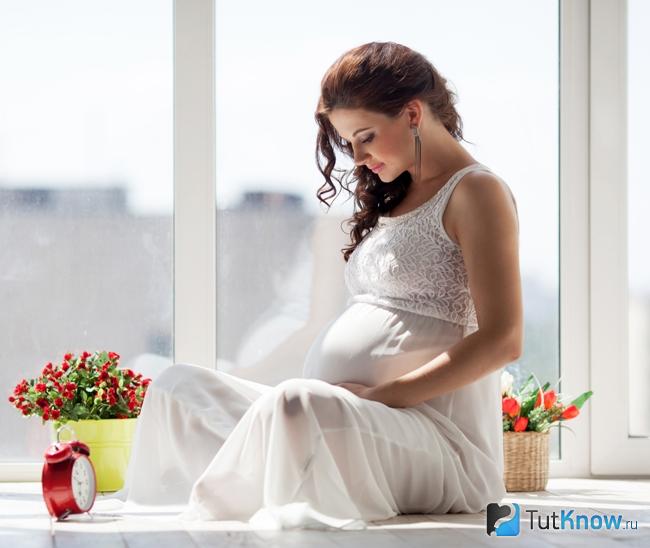 , should be applied to the face each morning. Hydroquinone 4% cream (available by prescription) applied to the face twice a day (in the morning before applying sun screen and later in the day) is the main treatment for melasma. Retin-A cream applied to the entire face each night before bed has been shown to be an effective treatment for melasma. Dr. Guccione and Anne Carlisle, FNP, can also prescribe a combination of prescription medications that may be effective in treating your melasma. Most importantly, however, avoid intense sunlight! This brings out more brown discoloration. It is your body's natural protection response from the sun.
, should be applied to the face each morning. Hydroquinone 4% cream (available by prescription) applied to the face twice a day (in the morning before applying sun screen and later in the day) is the main treatment for melasma. Retin-A cream applied to the entire face each night before bed has been shown to be an effective treatment for melasma. Dr. Guccione and Anne Carlisle, FNP, can also prescribe a combination of prescription medications that may be effective in treating your melasma. Most importantly, however, avoid intense sunlight! This brings out more brown discoloration. It is your body's natural protection response from the sun.
Pemphigoid gestationis is also known as herpes gestationis, although the latter name is misleading since this condition is not associated with any virus. This is a rare, itchy, autoimmune disease that occurs during the second and third trimesters of pregnancy and around the time of delivery. Pemphigoid gestationis occurs in 1 per 7,000 to 50,000 pregnancies.
It begins with very itchy, red hives or small bumps around the belly button. Within days to weeks, the rash spreads, and the hives and bumps join to form bizarrely shaped circular patches that cover a wide area of skin. The rash can involve the trunk, back, buttocks, forearms, palms, and soles. It usually does not involve the face, scalp, or inside of the mouth. After 2 to 4 weeks of this rash, large, tense blisters form at the edges of the rash or in apparently normal skin.
This condition usually starts during the second or third trimester, although it has been reported in the first trimester and a short time after delivery. The average appearance is at 21 weeks gestation. Spontaneous clearing of the rash may occur later in the pregnancy, but uncomfortable flares occur immediately prior to delivery in 75% to 80% of women. The rash may also recur when menses resumes or with the use of oral contraceptives. With subsequent pregnancies, pemphigoid gestationis usually recurs earlier and may be more severe. Only 8% of women do not develop pemphigoid gestationis in subsequent pregnancies.
Only 8% of women do not develop pemphigoid gestationis in subsequent pregnancies.
Treatment
A few women with very mild cases of pemphigoid gestationis can be treated with steroid creams and antihistamines. However, the majority of women require oral steroids to control their symptoms. A high dose is usually used to get symptoms under control and then tapered as the rash improves.
Effect on Baby
Because antibodies cross the placenta, the antibodies that cause pemphigoid gestationis can affect the baby. A noticeable rash has been reported in 5% of newborns born to moms with this condition. This newborn rash is transient and resolves on its own without treatment. There is evidence that women with pemphigoid gestationis have an increased risk of premature delivery. Current studies indicate that there is not an increased risk of miscarriage or stillbirth.
This condition was first described in 1981. It is believed to be more common than previously thought. One study showed the incidence of this disease to be 1 per 3,000 pregnancies.
It is believed to be more common than previously thought. One study showed the incidence of this disease to be 1 per 3,000 pregnancies.
Appearance
The rash consists of several small red bumps that may or may not be filled with pus. These bumps are usually on the shoulders, upper back, arms, chest, and abdomen. The condition looks like acne. However, culture of the bumps does not reveal any bacteria. The rash can be very itchy.
Timing
Pruritic folliculitis of pregnancy typically develops in the second half of pregnancy. It resolves spontaneously within 2 to 3 weeks after delivery.
Cause
The cause of pruritic folliculitis of pregnancy is unknown. Some investigators believe it is caused by hormonal changes.
Treatment
Pruritic folliculitis of pregnancy is typically treated like mild acne. Benzoyl peroxide has been used with some success, but antibiotics are not needed. Oral antihistamines are useful to treat the itching.
Oral antihistamines are useful to treat the itching.
Effect on Baby
There are differing reports about the affect of pruritic folliculitis of pregnancy on the baby. One study showed an increase in lower birth-weight babies. However, other studies did not confirm this. This condition does not increase the risk of prematurity or of stillbirth.
Changes in the skin during pregnancy - St. Petersburg State Budgetary Institution of Healthcare "Dermatovenerological Dispensary No. 4"
During pregnancy, the female body is constantly changing.
What physiological skin changes occur during pregnancy?
During pregnancy, under the influence of hormones, the skin around the nipples, in the genital area becomes darker and a dark line (Linea nigra) appears in the middle of the abdomen.
During the period of intrauterine development of the fetus, due to the tension of the skin, lilac and pink stripes (lines), the so-called striae, may appear.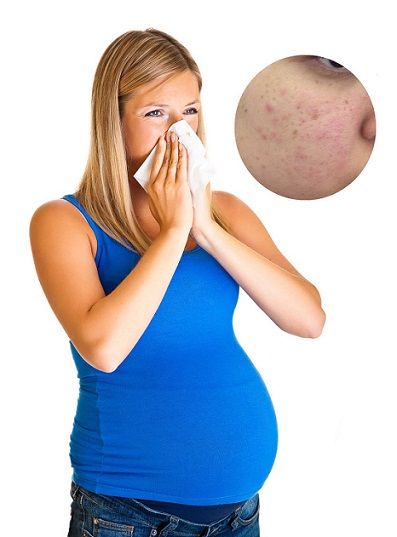
Some women develop pigment spots on the face (melasma).
Could these phenomena be temporary? Can they be treated?
Some physiological phenomena may resolve spontaneously after delivery (such as pigmentation around the nipples and a dark line on the abdomen). Others persist, although not so pronounced, for a long time (styria). Age spots can be eliminated with special whitening creams. Unfortunately, creams against the appearance of stretch marks practically do not work. There are various techniques that reduce optically visible stretch marks that can be used after childbirth (laser resurfacing, mesotherapy procedures, plasma lifting procedures).
During pregnancy, there may be some diseases that are observed only in this physiological state of the woman and usually resolve after childbirth.
polymorphic dermatitis of pregnancy.
This pruritic dermatosis develops according to various sources in 1 out of 300 pregnant women.
The rash usually begins with striae in the abdomen and may spread to other parts of the body.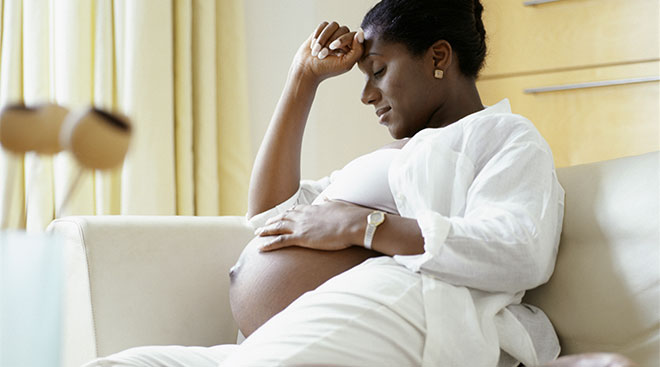
This condition is not harmful to the fetus and usually resolves completely by 6 weeks postpartum.
It is extremely rare for this dermatitis to develop after the baby is born, but it resolves completely after 6 weeks.
Bullous pemphigoid of pregnancy - BPB (pregnancy herpes) - a rare autoimmune disease with the formation of blisters on the skin, observed during pregnancy and in the postpartum period. In some sources, this disease is usually described under the term "pregnancy herpes", although it has nothing to do with herpes infection. As a rule, it begins with the appearance of small bubbles in the navel area with further spread to other parts of the body.
There is no evidence for the development of a serious risk for the newborn, although skin lesions in newborns in the form of a transient urticarial and vesicular rash are noted in 5-10%, which spontaneously disappears within 3 weeks.
These diseases are successfully treated. The doctor selects therapy according to the standards and prescribes drugs with minimal risk to the mother and fetus.
There is also diffuse hair loss during and after pregnancy - Telogen effluvium (telogen effluvium), which usually lasts from 3 to 12 months after childbirth and resolves on its own without any treatment. Such hair loss after the birth of a child is normal and according to the European Association of Dermatology, treatment with special shampoos or other preparations during this period is not effective.
It is very important to tell the doctor about any changes in the skin during pregnancy and not to self-medicate, because in addition to the usual and expected changes in the skin during pregnancy, a rash can be a manifestation of dangerous diseases for mother and child (syphilis, rubella, chickenpox , genital, herpes simplex and herpes zoster).
Khramtsova Yu.S.
Pigmentation during pregnancy: how to get rid of it - Parents.ru
Pregnancy
- Photo
- DiMedia/Shutterstock
Pigmentation is the darkening or, conversely, lightening of skin areas, which occurs due to failures in the production of melanin, the pigment responsible for the color of the skin. The appearance of such signs suggests that a woman is pregnant. Whether the spots appear dark or light, depends on the original skin color. Such marks, characterized by clear edges and irregular shape, are called melasma or chloasma by doctors.
The appearance of such signs suggests that a woman is pregnant. Whether the spots appear dark or light, depends on the original skin color. Such marks, characterized by clear edges and irregular shape, are called melasma or chloasma by doctors.
During pregnancy, they can appear both on the face (on the forehead, chin, around the eyes, on the upper part of the cheeks, on the upper lip), and on other parts of the body: on the inside of the thighs, areolas of the mammary glands, on the abdomen.
"Pregnancy mask" on the face: what is it
In some areas, the skin begins to darken in the very early stages of pregnancy. Sometimes the manifestation of this particular symptom prompts a woman to think about pregnancy. First, the nipples and areolas around them, the area of the labia and the clitoris darken.
In the second trimester, pigmentation becomes brighter and some expectant mothers get the so-called “pregnancy mask” - pigmentation occurs on the face during pregnancy.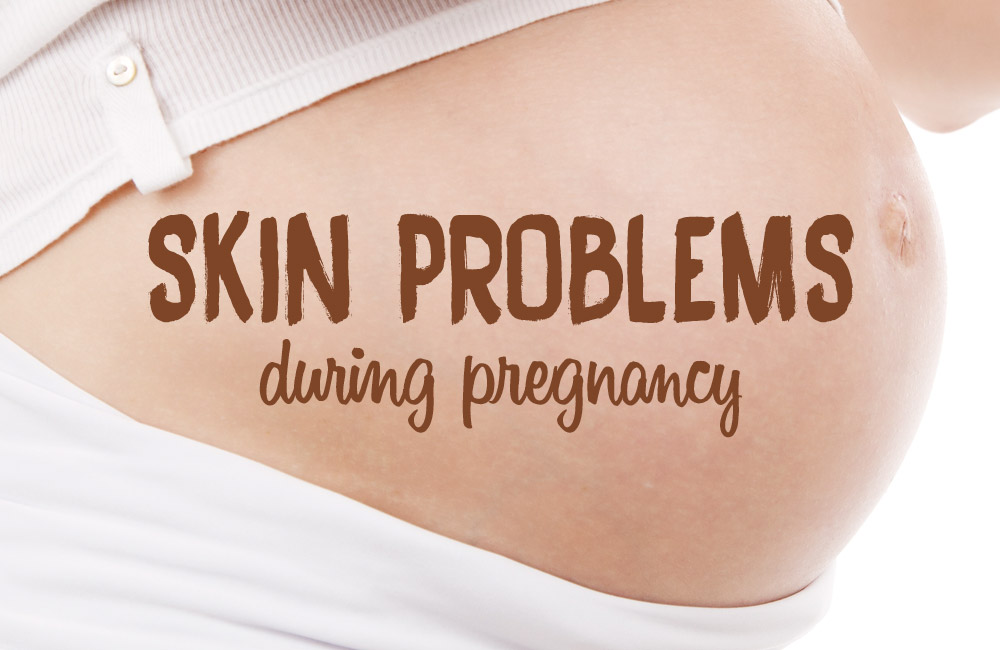 The spots appear on the cheeks, on the nose, on the forehead, cheekbones, under the eyes, above the upper lip and on the chin and can be arranged symmetrically. If a woman is prone to the appearance of freckles, then you need to be prepared for the fact that during the bearing of the baby they will become brighter, and their number will increase.
The spots appear on the cheeks, on the nose, on the forehead, cheekbones, under the eyes, above the upper lip and on the chin and can be arranged symmetrically. If a woman is prone to the appearance of freckles, then you need to be prepared for the fact that during the bearing of the baby they will become brighter, and their number will increase.
Pigmentation during pregnancy on the abdomen appears at about the same time. This brown stripe, which stretches from the navel to the pubis, the so-called Alba stripe, exists in every woman, it just becomes more noticeable during the bearing of the baby.
Why pigmentation occurs
Human skin color depends on many circumstances, but the most important is the concentration of coloring substances, or pigments, one of which is melanin. It accumulates in special molecules called "melanosomes", which act as a natural filter that protects the top layer of the skin from the harmful effects of ultraviolet rays.
During pregnancy, the production of melanin changes, because the adrenal glands begin to synthesize more estrogens, progesterone and melanocyte-stimulating hormone.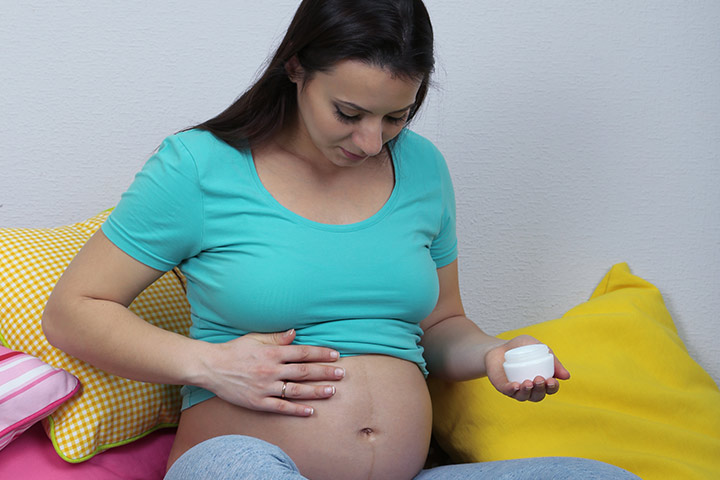 Because of this, more melanin is released, which is concentrated in certain areas of the skin. As a result, the woman develops hyperpigmentation.
Because of this, more melanin is released, which is concentrated in certain areas of the skin. As a result, the woman develops hyperpigmentation.
Occasionally, chloasma is caused by oral contraceptives taken before pregnancy or a lack of folic acid. Pigmentation can also indicate problems in the functioning of the liver, pituitary gland, ovaries, incorrect cosmetic procedures, the use of low-quality cosmetics or perfumes. Stress also plays an important role in the appearance of spots on the skin.
Genetics also matter. If the mother had such a problem during pregnancy, then it is possible that age spots during the period of bearing the baby will appear in her daughter.
Expectant mothers often ask how pregnancy pigmentation affects the baby. If its cause is not an exacerbation of chronic ailments, then age spots will not have any effect on the unborn child.
- Photo
- Konstantin Aksenov/Shutterstock
Age spots during pregnancy: a boy or a girl?
There is a popular belief that age spots during pregnancy appear more often in expectant mothers of girls.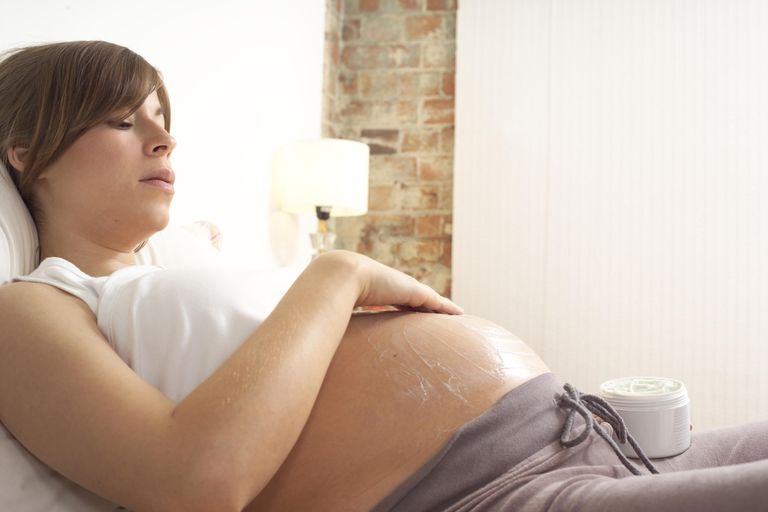 This is justified: a girl developing in her stomach takes estrogens from her future mother, and their level in the woman's body decreases. But how then to explain that age spots appear in expectant mothers of boys? In a word, than to guess according to folk signs, it is better to do an ultrasound. It definitely won't go wrong.
This is justified: a girl developing in her stomach takes estrogens from her future mother, and their level in the woman's body decreases. But how then to explain that age spots appear in expectant mothers of boys? In a word, than to guess according to folk signs, it is better to do an ultrasound. It definitely won't go wrong.
How to reduce the risk of age spots
Age spots are a temporary phenomenon, but not so pleasant. What rules should the expectant mother follow in order to reduce the likelihood of their occurrence?
-
Since pigmentation becomes more noticeable under the influence of ultraviolet rays, protect the skin from the sun: in summer, wear wide-brimmed hats, sunglasses, use sunscreen intended for children;
-
Carefully read the ingredients list of cosmetic products and choose those that do not contain vitamin A, which stimulates the formation of age spots: : green leafy vegetables, cabbage, quality vegetable oil, cereals, fish, liver and beets;
-
But fatty foods are best avoided, because they make the liver work in an enhanced mode, and this threatens with hyperpigmentation.
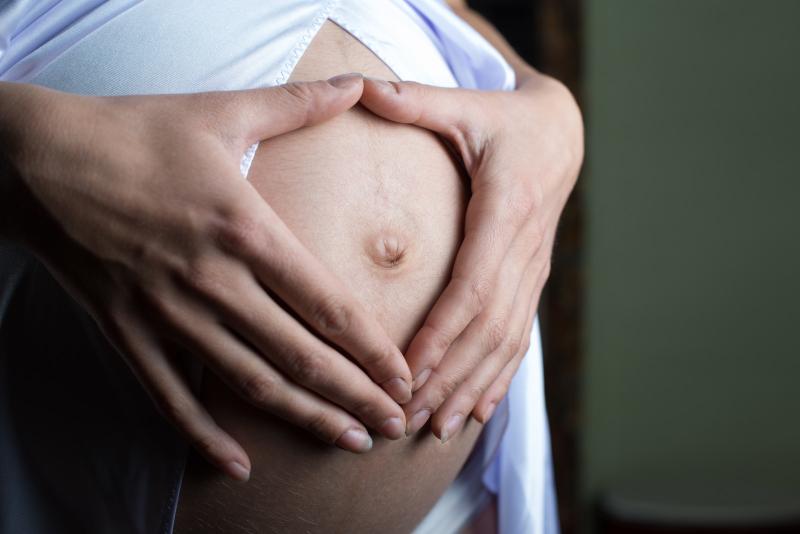
-
Do not disregard the recommendation of the gynecologist to visit an endocrinologist. This is necessary to check the functioning of the thyroid gland.
Will we be treated?
Many experts believe that during pregnancy you should not take any drastic measures to combat hyperpigmentation, and advise you to calmly wait until it disappears by itself some time after childbirth. But among the doctors there are those who do not mind the use of traditional medicine. In that case , the expectant mother should understand that it is unlikely that it will be possible to completely get rid of this problem during the bearing of the baby, the pigmentation will only become less noticeable. And most importantly, before using any remedy, you must always consult a doctor.
These tips, of course, do not apply to cases where chloasma is caused by an exacerbation of chronic diseases. If this is the reason, serious attention should be paid to the treatment of the disease and strictly follow the recommendations of the attending doctor.